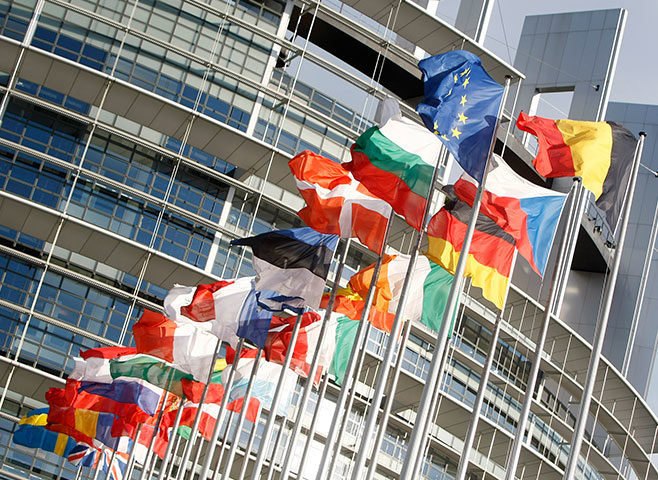
Stability within a fast changing energy market
10th November 2017
Energiewende: energy transition
10th November 2017The revised Renewable Energy Directive

As part of the European Commission’s package of measures to help the EU lead the clean energy transition, the importance of renewables has been recognised through a revised Renewable Energy Directive.
The aim of the revised directive is to provide a framework for renewable energy development to 2030, but also to increase certainty and predictability for investors in the sector while exploring renewable energy’s greater potential across various sectors. The Directive outlines six key areas for action.
The overarching renewable directive set out a target of ensuring that half of European electricity should be renewable by 2013. The revision sets out general principles for member states to follow when designing support schemes which will ensure stability and lower the costs of deploying renewables. These support schemes, which will provide visibility and certainty to investors, must be cost-effective and market orientated.
There is also a strong focus on simplification of administrative procedures, creating a one-stop shop and a time limit for the Renewable Energy Sources (RES) permit granting process and creating a simple notification procedure for the repowering of existing renewables plants and small-scale projects.
Markets for renewable heating and cooling across Europe remain fragmented in the absence of an EU policy. While the EU is viewed as a world leader in renewable heat, uptake of renewables in the sector remains slow and around 75 per cent still relies on fossil fuels. The revised Directive aims to increase the share of renewable energy in this area by 1 per cent annually to 2030 through greater member state uptake. The Directive also opens access rights to local district heating and cooling systems.
European cars, trucks, ships and planes are seen as a huge sector for potential greater decarbonisation. Currently the EU’s transport sector is still 94 per cent oil dependent. The Directive introduces an obligation to provide a greater share renewable and low-carbon fuels. This obligation has an ascending value, going from 1.5 per cent of in 2021 to 6.8 per cent in 2030, including at least 3.6 per cent of advanced biofuels.
There is also an increased move to minimise the Indirect Land-Use Change (ILUC) impacts by introducing a cap on the contribution of food-based biofuels, sliding down progressively from 7 per cent in 2021 to a target of 3.8 per cent in 2030. While increasing traceability of transport fuels and mitigating the risk of fraud is being addressed by the introduction of a national database.
Increased consumer ability to produce renewable energy is being driven by the cost reductions of new technologies. Smart grids, smart homes and battery storage are making it easier for energy consumers to be active players on the market. The revised directive sets out stronger rights, making it easier for consumers to self-generate and sell to the grid, facilitates energy communities in the market and consolidates the functioning of the Guarantees of Origin (GOs) system. It also extends the system to renewable gas and makes it mandatory for the disclosure of renewable electricity.
The EU Commission has set out its ambitions to ensure biomass use for energy across the EU is sustainable. The revised Directive strengthens the existing EU criteria for bioenergy sustainability and extends them to cover also biomass and biogas for heat and power. This is to be achieved by four new requirements: improved sustainability criteria for biofuels, requiring advanced biofuels emit at least 70 per cent fewer GHG emissions than fossil fuels; introduction of forest biomass criterion, accounting for LULUCF emissions and woodfuel production continues to be sustainable; an extension to cover solid biomass and biogas used in large heat and power plants; and a requirement for large-scale biomass electricity plants (above 20MW) to use high efficient combined heat and power technology.
Lastly, the Directive establishes the 2020 national targets as a baseline for progress and prohibits member states from going below their 2020 targets from 2021 onwards. The Energy Union Governance will introduce measures to close any gaps across the electricity, transport and heating and cooling sectors, in member state cases or at EU level where not enough progress is being made on achieving the overall 27 per cent target.
